Electric models are the main competitor of gas cooktops.
Their functionality is much broader, but the cost of electricity is significantly higher compared to gas. These factors mainly affect the selection of the optimal cooktop depending on the energy source. However, today the market offers a wide range of various combined models that simultaneously use electric and gas burners, combining their advantages. The ratio of electric and gas burners in these cooktops varies in different proportions.
Electric cooktops are divided on traditional and glass-ceramic by work surface type.
Traditional cooktops
Traditional models have a sealed heating element of cast iron with an electrical spiral on ceramics. Such burners have a large thermal inertia. It’s relatively long heated (about 1 minute), and long enough is cooled. These models have traditional design.
Low cost, reliability and simplicity are their main advantages.
Glass-ceramics
Exterior view of the glass-ceramic cooktops is very attractive. They usually have a square or rectangular shape. Some manufacturers offer new design solutions in this direction. For example, Kuppersbusch Company produces cooktops in form of honeycombs.
The video at the end shows a model with such a surface.
These cooktops are resistant to impact of heavy objects, for example, to a fall of pans, but are sensitive to the mechanical concentrated impact in point, for example, to the blade of the falling knife. Glass-ceramics is also sensitive to the sugar. The molten sugar is almost impossible to clean from the panel surface after its cooling.
Absolutely smooth surface provides very easily cleaning after cooking. But care requires only special cleaners, because conventional powder can damage the surface appearance. However, today market offers a wide range of such cleaners.
Bottom of cookware should be flat and smooth. The thickness of bottom of 2-3 mm is optimal for enameled steel cookware. The thickness of the steel cookware should be approximately 4-6 mm.
The market offers cookware with marking for glass-ceramics surfaces, the use of which is most effective. Many companies label their cookware with the appropriate symbol.
Heating elements
Modern electric models use spiral, halogen, ribbon (Hi-Light) or induction heating element.
Spiral burners provide very high temperature. Their heating time is only 10 – 12 seconds.
Halogen burners use a powerful halogen lamp that is a gas-filled quartz tube. This lamp glows with allocation of a large heat amount.
Its thermal inertia is smaller compared to spiral burner.
Today ribbon heating elements (Hi-Light burners) are very popular. Their heating is slower, but difference is a few seconds. They are safe to use and easy cleared. Smooth adjustment provides accurate setting the temperature.
Most expensive and innovative induction cooktops usually have additional automatic functions. Induction heating element under the glass-ceramic panel generates heat directly into the bottom of the pans, leaving the cooking zone cold.
Requirements to the cookware is a main disadvantage. Dishes must have a ferromagnetic bottom of cast iron or steel with a content of iron. Such cookware has the appropriate marking.
Induction models provide very rapid heating and very accurate power control.
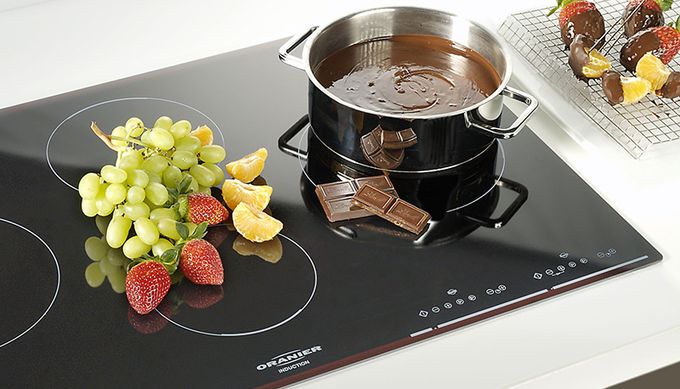

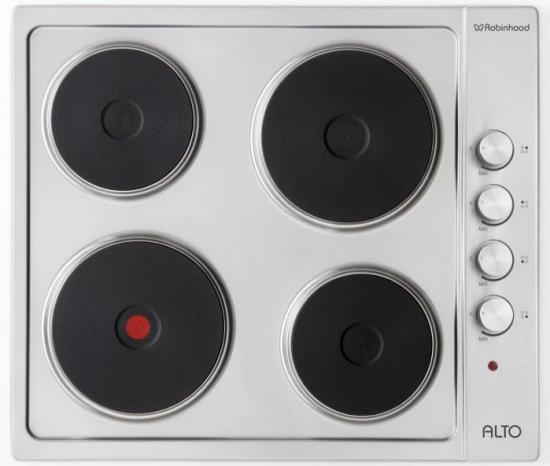
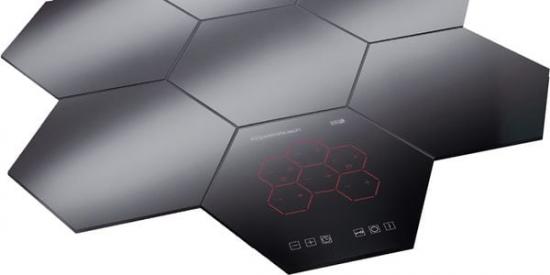
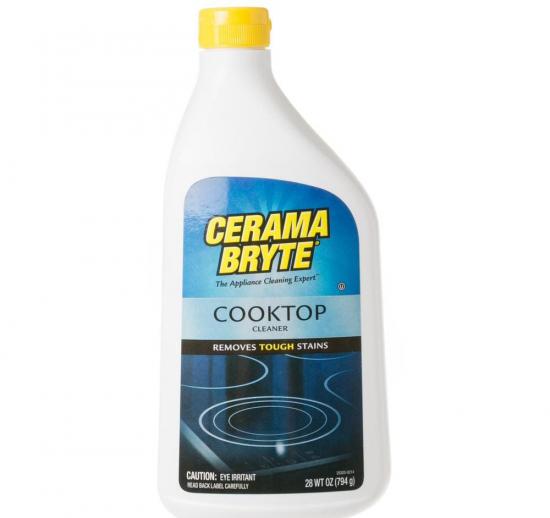
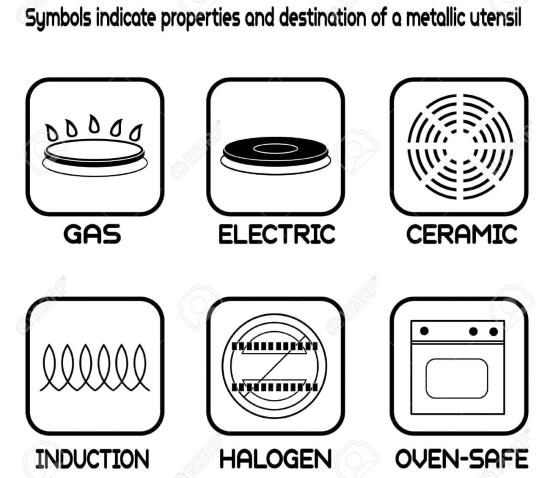
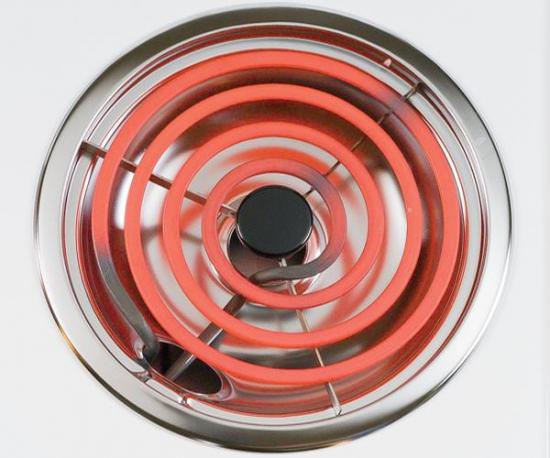
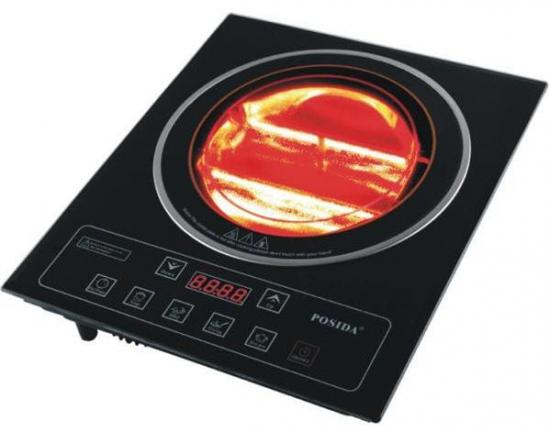
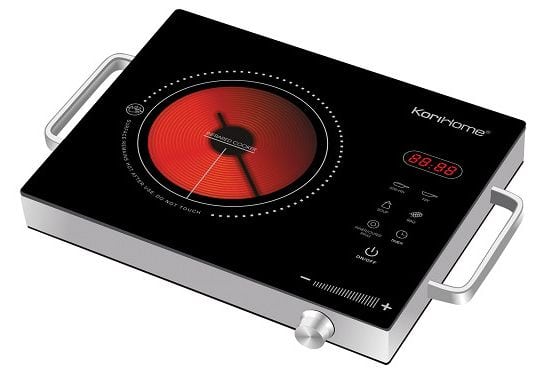
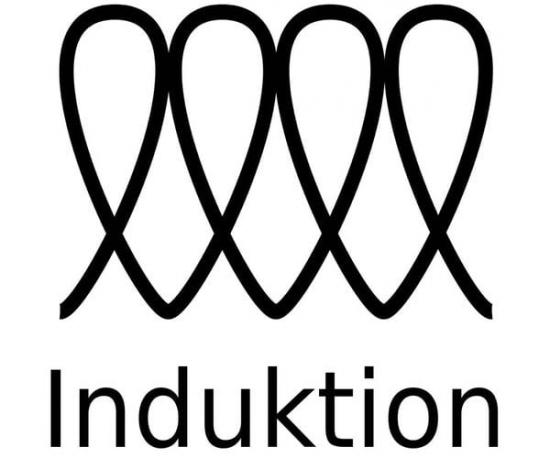
Pingback: Features of cooktops - The Appliances Reviews